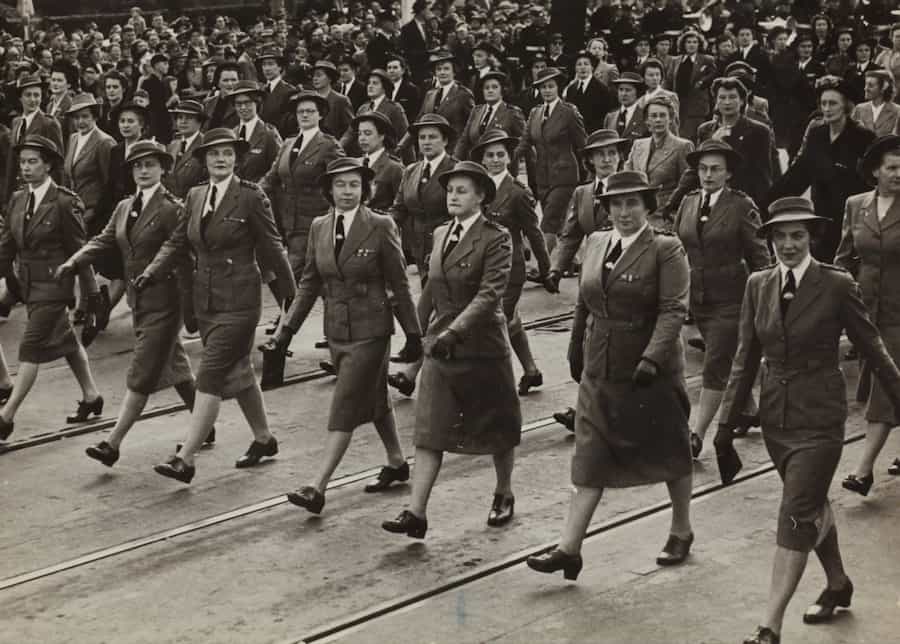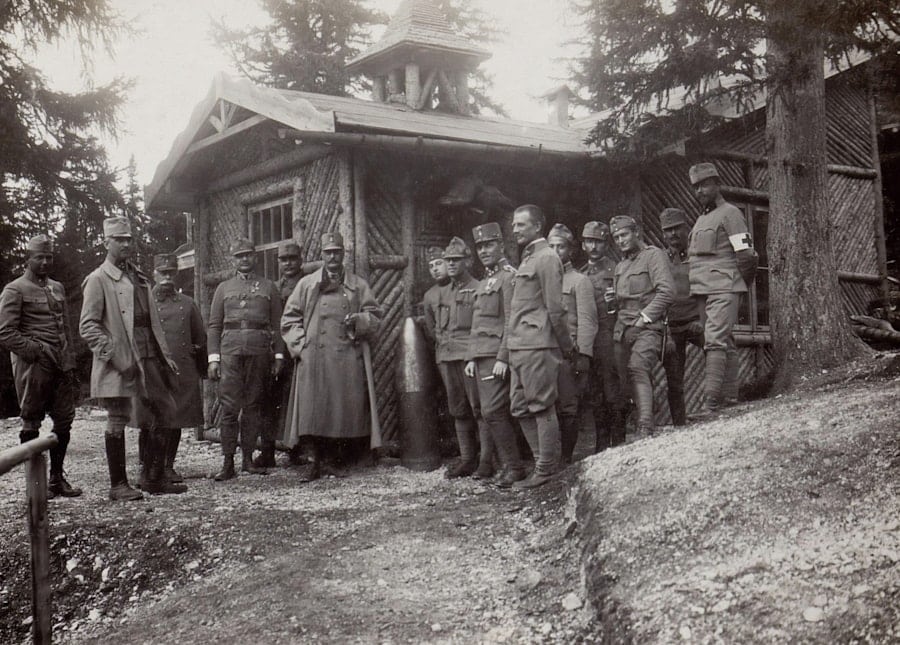The textile manufacturing industry has undergone significant transformations over the past few decades, driven by technological advancements and the need for increased efficiency. Robotics has emerged as a pivotal force in this evolution, reshaping traditional manufacturing processes and introducing new levels of precision and productivity. The integration of robotic systems into textile production not only enhances operational efficiency but also addresses challenges such as labor shortages, rising costs, and the demand for high-quality products.
As manufacturers strive to remain competitive in a global market, the adoption of robotics is becoming increasingly essential. Robotics in textile manufacturing encompasses a wide range of applications, from automated cutting and sewing to sophisticated quality control systems. These technologies are designed to streamline operations, reduce human error, and improve overall product quality.
The implementation of robotics is not merely a trend; it represents a fundamental shift in how textiles are produced. By leveraging advanced robotics, manufacturers can achieve greater flexibility in production, allowing them to respond swiftly to changing consumer demands and market trends. This article delves into various aspects of robotics in textile manufacturing, exploring its impact on processes such as cutting, sewing, fabric handling, dyeing, printing, and quality control.
Key Takeaways
- Robotics has revolutionized the textile manufacturing industry by automating various processes such as cutting, sewing, fabric handling, sorting, dyeing, printing, quality control, and inspection.
- Automation of cutting and sewing processes has significantly increased efficiency and accuracy in textile manufacturing, leading to higher productivity and reduced labor costs.
- Precision in fabric handling and sorting has been achieved through the use of robotics, resulting in improved quality control and reduced errors in the production process.
- Robotics has played a crucial role in reducing material waste in textile manufacturing, leading to cost savings and a more sustainable production process.
- The implementation of robotics in dyeing and printing processes has improved efficiency, accuracy, and consistency, leading to higher quality products and reduced environmental impact.
Automation of Cutting and Sewing Processes
The cutting and sewing processes are critical stages in textile manufacturing, traditionally characterized by labor-intensive methods that require significant skill and precision. The introduction of robotic systems has revolutionized these processes, enabling manufacturers to automate tasks that were once performed manually. Automated cutting machines equipped with advanced algorithms can precisely cut fabric according to intricate patterns, significantly reducing the time required for this task.
These machines utilize laser technology or knife blades to ensure clean cuts, minimizing fraying and ensuring that fabric pieces fit together seamlessly during assembly. In addition to cutting, robotic sewing systems have also gained traction in the industry. These systems can perform various sewing operations with remarkable speed and accuracy.
For instance, robotic arms equipped with specialized sewing heads can stitch together multiple layers of fabric while maintaining consistent tension and alignment. This level of automation not only enhances productivity but also reduces the likelihood of defects that can arise from human error. Furthermore, robotic sewing machines can be programmed to adapt to different fabric types and styles, providing manufacturers with the flexibility to produce a diverse range of products without extensive reconfiguration.
Precision in Fabric Handling and Sorting
Fabric handling and sorting are essential components of textile manufacturing that can significantly impact overall efficiency. Traditional methods often involve manual labor, which can be time-consuming and prone to errors. Robotics has introduced innovative solutions for fabric handling that enhance precision and speed.
Automated guided vehicles (AGVs) and robotic arms are increasingly used to transport rolls of fabric from one workstation to another, ensuring that materials are delivered promptly and accurately. Moreover, robotic systems equipped with advanced vision technology can identify and sort fabrics based on specific criteria such as color, texture, or pattern. This capability is particularly valuable in large-scale operations where managing diverse fabric inventories can be challenging.
For example, a robotic sorting system can quickly categorize fabrics into designated bins for further processing or shipping, reducing the time spent on manual sorting tasks. By automating these processes, manufacturers can optimize workflow and minimize delays, ultimately leading to increased productivity.
Reduction of Material Waste through Robotics
One of the most pressing challenges in textile manufacturing is material waste, which not only impacts profitability but also raises environmental concerns. Robotics plays a crucial role in minimizing waste throughout the production process. Automated cutting machines are designed to maximize fabric utilization by employing sophisticated algorithms that calculate the most efficient cutting patterns.
This optimization reduces leftover scraps and ensures that more of the fabric is transformed into finished products. Additionally, robotic systems can monitor production processes in real-time, identifying inefficiencies that may lead to waste. For instance, if a machine detects that a particular fabric is being cut incorrectly or that there is an excess of off-cuts being generated, it can alert operators to make necessary adjustments.
This proactive approach not only conserves materials but also contributes to sustainable manufacturing practices. By reducing waste through robotics, textile manufacturers can enhance their environmental credentials while simultaneously improving their bottom line.
Implementation of Robotics in Dyeing and Printing
The dyeing and printing processes are integral to textile manufacturing, allowing for the creation of vibrant colors and intricate designs. However, these processes can be complex and resource-intensive. Robotics has begun to transform dyeing and printing operations by introducing automation that enhances precision and consistency.
Automated dyeing machines can accurately measure and mix dyes according to specific formulas, ensuring uniform color application across large batches of fabric. In printing applications, robotic systems equipped with advanced printing technology can produce high-quality designs with remarkable speed.
This capability not only allows for greater design flexibility but also reduces setup times associated with conventional printing techniques. As a result, manufacturers can respond more quickly to market trends and consumer preferences while maintaining high standards of quality.
Robotics in Quality Control and Inspection
Objectivity and Precision through Robotics
The integration of robotics into quality control processes introduces a level of objectivity and precision that enhances product reliability. Robotic inspection systems equipped with advanced imaging technology can analyze fabrics for defects such as color inconsistencies, stitching errors, or surface imperfections.
High-Speed Inspection with Accuracy
These robotic systems operate at high speeds while maintaining accuracy, allowing for thorough inspections without slowing down production lines. For instance, a robotic vision system can scan fabrics as they move along a conveyor belt, identifying any flaws in real-time.
Proactive Defect Detection and Removal
If a defect is detected, the system can automatically flag the affected piece for further inspection or removal from the production line. This proactive approach not only improves product quality but also reduces the likelihood of defective items reaching consumers.
Advantages of Robotics in Waste Reduction
The advantages of incorporating robotics into textile manufacturing extend beyond mere efficiency; they also encompass significant waste reduction benefits. By automating various processes such as cutting, sorting, dyeing, and quality control, manufacturers can achieve higher levels of accuracy and consistency while minimizing material waste. The ability to optimize cutting patterns through advanced algorithms ensures that fabric utilization is maximized, resulting in less off-cut material.
Moreover, robotics facilitates better inventory management by providing real-time data on material usage and production rates. This information allows manufacturers to make informed decisions about resource allocation and production planning, further reducing waste associated with overproduction or excess inventory.
Future Trends and Innovations in Robotics for Textile Manufacturing
As technology continues to advance at an unprecedented pace, the future of robotics in textile manufacturing holds exciting possibilities. One emerging trend is the development of collaborative robots (cobots) that work alongside human operators rather than replacing them entirely. These cobots are designed to assist workers with repetitive tasks while allowing them to focus on more complex activities that require human creativity and problem-solving skills.
Another area of innovation lies in the integration of artificial intelligence (AI) with robotic systems. AI-powered robots can learn from data patterns and adapt their operations accordingly, leading to even greater efficiencies in production processes. For instance, AI algorithms can analyze historical production data to predict demand fluctuations, enabling manufacturers to adjust their operations proactively.
Furthermore, advancements in materials science may lead to the development of smart textiles that interact with robotic systems for enhanced functionality. Imagine fabrics embedded with sensors that communicate with automated machines to optimize cutting or dyeing processes based on real-time feedback about material properties. In conclusion, the integration of robotics into textile manufacturing is transforming the industry by enhancing efficiency, precision, and sustainability across various processes.
As technology continues to evolve, manufacturers who embrace these innovations will be well-positioned to thrive in an increasingly competitive landscape while meeting the demands of modern consumers for high-quality products produced sustainably.
A related article to How Robotics Reduces Waste in Textile Manufacturing Processes is “Top Trends in E-Commerce Business” which discusses the latest trends shaping the e-commerce industry. To learn more about how technology is revolutionizing various sectors, check out the article here.
FAQs
What is robotics in textile manufacturing?
Robotics in textile manufacturing refers to the use of automated machines and systems to perform various tasks in the production process, such as cutting, sewing, and packaging. These robots are programmed to perform repetitive tasks with precision and efficiency, reducing the need for manual labor and minimizing waste.
How does robotics reduce waste in textile manufacturing processes?
Robotics reduces waste in textile manufacturing processes by improving accuracy and consistency in tasks such as cutting and sewing, which minimizes material waste. Additionally, robots can optimize material usage and reduce errors, leading to fewer defective products and less overall waste in the production process.
What are the benefits of using robotics in textile manufacturing?
Some benefits of using robotics in textile manufacturing include increased productivity, improved product quality, reduced labor costs, and minimized material waste. Robotics also allows for greater flexibility in production processes and can help manufacturers meet the growing demand for sustainable and eco-friendly practices.
Are there any challenges associated with implementing robotics in textile manufacturing?
While robotics offers many benefits, there are also challenges associated with its implementation in textile manufacturing. These may include the initial investment cost, the need for specialized training for employees, and potential job displacement. Additionally, integrating robotics into existing production processes may require careful planning and coordination.



